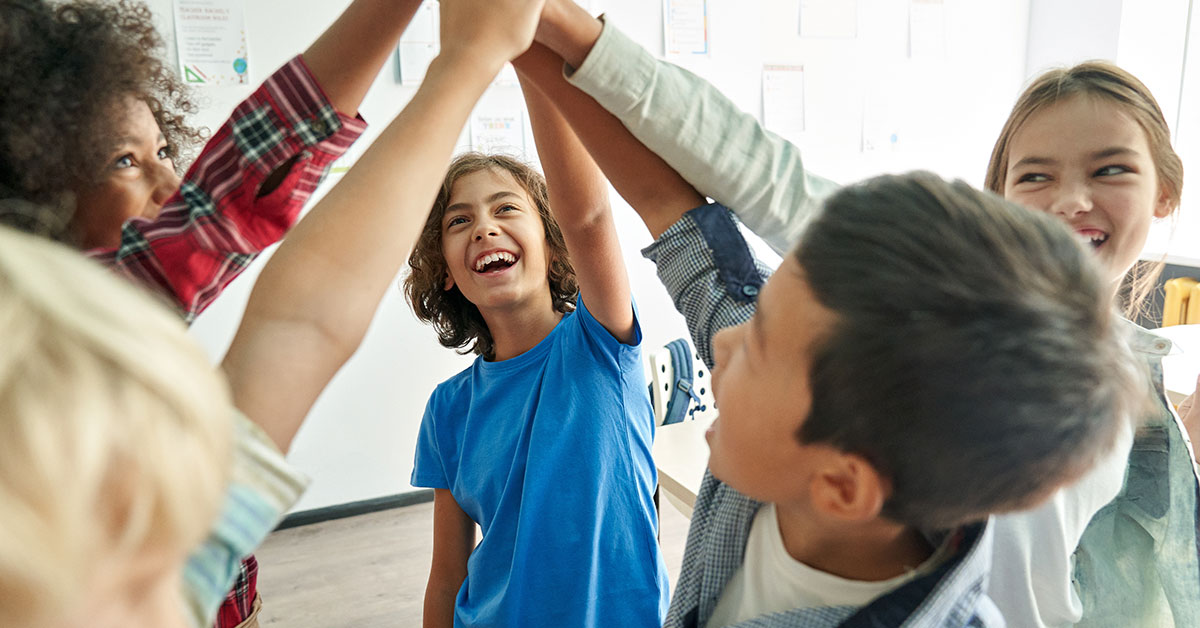One of the biggest myths in our culture today is probably that of the “lone genius”. We tend to believe that science and innovation are propelled forward by individuals. A single dynamic leader takes command and suddenly we’re all swimming in amazing new technology. However, the truth is that this is rarely the case. In reality, the vast majority of human advancement only occurs when people work together toward a common goal.
Take NASA for instance. In order to put a man on the moon, NASA requires astronauts who train to do the physical labor in space, mathematicians to calculate the rocket’s trajectory, engineers to build essential equipment, chemists to determine the best fuel, managers to coordinate projects, and a whole host of other essential personnel. It’s only by working together that their mission is successful. Teamwork and collaboration – these are the qualities that really change the world. So, the important question for educators is, “What am I doing to foster these qualities in my classroom?”
Admittedly, teamwork is a skill that can’t be picked up overnight. Students will need to practice and grow before they finally master the art of collaboration. Here are just a few ways that teachers can help them get started:
- Active Listening: Help students communicate to others that they hear, empathize, and understand by teaching active listening skills like clarifying, summarizing, and withholding judgment. By teaching these skills with intention, you’ll help your students become successful listeners.
- Board Meeting: When sharing student work, have students form a large circle where they stand and hold whiteboards facing the inside of the circle. In this position they should be able to see one another’s boards easily. Position yourself outside the circle, as students are more likely to engage in discourse when they are standing in the circle. Have students compare data, generate visual representations, or engage in problem-solving discussions!
- Debating the Ratings: Have students rate different samples of student work (create your own or save them from year to year and remove names for anonymity). Then, allow students to rate them on a scale of one to five stars. If you wish, you can have them write a short review. Then, ask students to explain to others why they chose the ratings they did. If students hear a good reason to change their rating, they can. See if a consensus emerges through great class debate!
- Owning Community Commitments: Community Commitments help build a sense of community in the classroom while also developing good citizenship skills. To build a Community Commitment, work with your students to identify those characteristics that make your classroom a great learning community and discuss how to ensure that all are following through in exemplifying these ideals. You’ll build an environment of trust, respect, and ownership.
Who knows what the next great advancement in our world may be? Only one thing is for sure though, we’ll only reach it by working together. By teaching students how to work collaboratively, educators can prepare students for a lifetime of learning well beyond the classroom. If you found these strategies to be helpful, then be sure to check out Blue Apple’s Strategy Explorations: free and flexible ideas that teachers can use to navigate classroom instruction.
